Behind every memorable brand campaign lies one often-overlooked tool: the marketing calendar. It’s not just a schedule of posts and promotions—it’s the backbone of strategic execution.
A well-built marketing calendar turns scattered ideas into consistent storytelling, ensures teams are aligned, and helps businesses capitalize on key opportunities throughout the year.
For entrepreneurs and small business owners, especially those working with limited budgets, a marketing calendar is not optional—it’s essential.
Here’s how to create one that actually drives results.
1. Anchor On Business Goals
Start with clarity: What do you want to achieve this quarter or year?
Whether it’s increasing brand awareness, driving sales, or nurturing customer loyalty, your marketing calendar should map directly to your business objectives. Without this alignment, you risk producing content for content’s sake.
2. Identify Seasonal And Industry-Specific Opportunities
Timing is everything. Retail brands plan around Black Friday, beauty brands around Valentine’s Day, and tech companies around product launch seasons.
For small businesses, this could mean local holidays, cultural festivals, or industry-specific events. By plotting these early, you position your brand to ride the waves of consumer attention.
3. Choose Your Core Channels
Your marketing calendar should reflect the platforms that matter most to your audience. If Instagram Stories drive engagement, schedule content around product launches there.
If your email newsletter has the highest conversion, block out regular campaigns. Prioritize quality over quantity—better to own three channels well than scatter across ten.
4. Balance Consistency With Flexibility
The best calendars are structured yet adaptable. Map out recurring activities—weekly blog posts, monthly newsletters, quarterly campaigns—then leave room for spontaneity.
Viral trends, breaking news, or sudden opportunities require agility, and your calendar should allow for that.
5. Plan Content In Themes
Instead of brainstorming content day by day, think in themes. A fitness brand, for example, could dedicate January to “New Year Resolutions,” April to “Spring Reset,” and September to “Back-to-Basics Training.”
Themes make it easier to create cohesive narratives across channels, giving your brand more depth and direction.
6. Track, Measure, And Refine
A calendar is not just a publishing tool—it’s a performance tool. Use analytics to measure which campaigns resonated most, and feed those insights back into future planning.
Over time, your calendar evolves from a scheduling tool into a growth engine.
A marketing calendar is the difference between reactive marketing and proactive strategy. It gives structure, builds consistency, and ensures that every piece of content has a purpose.
More importantly, it creates rhythm—a steady drumbeat that keeps your brand top of mind.
In business, timing isn’t just important—it’s everything. And a well-planned marketing calendar ensures you’re always right on cue.

